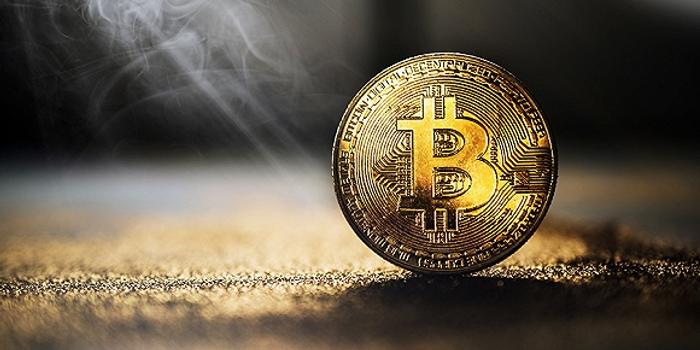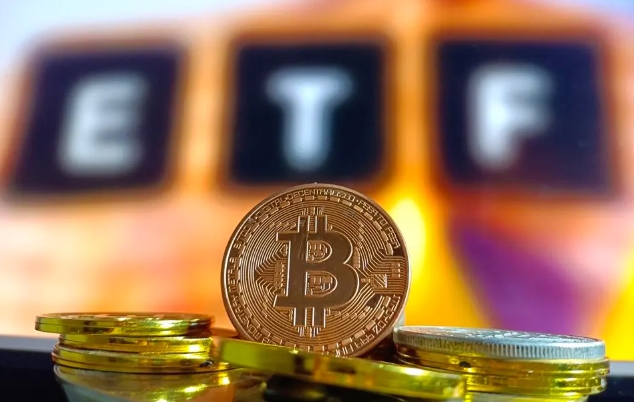CryptoQuant CEO Ki Young Ju said Bitcoin ETF demand slowed but still had net inflows, with supply and demand dominating bull and bear, and others were noise.

Amid the turmoil and changing cryptocurrency market, various factors intertwined and affected the direction of the market. On February 20, the remarks of CryptoQuant CEO Ki Young Ju were like a stone thrown into the calm lake, causing a thousand layers of waves. He pointed out that although Bitcoin ETF demand has slowed down, it still maintains a net inflow state, and emphasized that the current bull market cycle will continue until there is a significant outflow of ETF funds. The continued net outflow demand indicates the beginning of the bear market cycle, and it also focuses on It is emphasized that what is really important in the market is supply and demand, and other factors are just market noise. This series of perspectives provides a unique and critical perspective for us to understand the bull and bear cycles of the cryptocurrency market.
The development history and current situation of Bitcoin ETF
Bitcoin ETF, or Bitcoin trading open-end index fund, has attracted much attention from the market since its birth. Its emergence provides investors with a more convenient way to participate in the Bitcoin market. In the early days, the launch of Bitcoin ETF faced many obstacles, and regulators had many concerns about its security, compliance, etc. However, with the gradual maturity of the cryptocurrency market and the continuous improvement of relevant regulatory frameworks, Bitcoin ETFs have finally made their mark in the market.
During its development, the scale of Bitcoin ETFs has been expanding, attracting the attention of a large number of investors. From the initial small-scale pilot to its wide layout around the world today, it has become a force that cannot be ignored in the cryptocurrency market. For now, despite Ki Young Ju mentioning a slowdown in demand, the net inflow state suggests that it still has a strong appeal in the market. This change in supply and demand relationship contains many deep-seated factors.
How supply and demand relationships dominate the bull and bear market cycle
In the cryptocurrency market, the impact of supply and demand relationships on the bull and bear cycle is crucial. When Bitcoin ETFs are in a net inflow state, it means that there is a strong demand for them in the market. The influx of large amounts of funds has driven the rise in Bitcoin prices. From the supply side, the total amount of Bitcoin is limited, and this scarcity makes it easier to push up prices when facing growing demand.
During the bull market cycle, investors are generally confident in the market outlook and actively buy Bitcoin ETFs, further exacerbating the growth of demand. This continuous net inflow is like injecting continuous momentum into the bull market, causing market prices to continue to rise. For example, in some time periods, when good news appeared in the market, such as a well-known financial institution announced support for Bitcoin ETF, a large amount of funds quickly poured in, and the price of Bitcoin rose sharply, and the bull market became increasingly strong.
On the contrary, when there is a significant outflow of ETF funds, the situation is very different. The outflow of funds means a decline in market demand, and at this time the supply is relatively stable and may even increase due to investors' selling. Once a situation of oversupply occurs, the price of Bitcoin will face downward pressure. The continuous net outflow demand is like a high-hanging sword of Damocles, heralding the beginning of a bear market cycle. When investors in the market began to sell Bitcoin ETFs in large quantities, prices continued to fall, market panic spread, and more investors chose to leave, further exacerbating the deterioration of the bear market.
Why other factors are considered market noise
Ki Young Ju emphasizes that other factors except supply and demand are market noise. Although this view seems radical, it has profound truths. In the cryptocurrency market, the influence of news is extremely frequent. Various media reports, expert forecasts, policy rumors, etc. are flooding the market. However, these factors often only affect market sentiment in the short term and cannot fundamentally change the market's supply and demand relationship.
Taking some negative reports about Bitcoin as an example, when some media release news that Bitcoin’s security is questioned, the market may experience panic selling and price fluctuations in the short term. But from the perspective of supply and demand, as long as the market demand for Bitcoin ETFs remains strong and funds continue to inflow net, then this short-term price fluctuation is only temporary. Similarly, some policy rumors, such as some countries that may strengthen regulation of cryptocurrencies, will not have a decisive effect on the long-term trend of the market if it does not actually affect the supply and demand relationship in the end.
Looking at some experts' predictions, whether bullish or bearish, they often lack sufficient certainty. The market is complex and changeable, and it is difficult to accurately grasp the direction of the market simply by relying on the subjective judgment of experts. The supply and demand relationship is based on actual trading data of the market, which is a reflection of the real behavior of market participants and can better reflect the essence of the market.
Investment strategies from the perspective of market supply and demand
Based on Ki Young Ju's viewpoint, from the perspective of market supply and demand, investors can formulate more reasonable investment strategies in the cryptocurrency market. For investors, it is key to keeping a close eye on supply and demand changes in Bitcoin ETFs. When it is in a net inflow state, it means that the market is in a bull market cycle. Investors can consider appropriately increasing investment and share the benefits brought by the market rise. But at the same time, we must also be vigilant, because the market situation may change at any time.
Once there are signs of capital outflows, investors need to be cautious. You can gradually reduce investment, or adopt some hedging strategies to reduce risks. When judging the supply and demand relationship, we cannot rely solely on short-term data, but should comprehensively analyze long-term trends. At the same time, other technical indicators and fundamental analysis should be combined to achieve a more comprehensive understanding of the market situation.
For example, investors can pay attention to data such as changes in holdings and trading volumes of Bitcoin ETFs. If the holdings continue to increase and the trading volume remains at a high level, it means that the market demand is strong and the bull market is expected to continue. On the contrary, if the position volume begins to decline and the trading volume gradually shrinks, it may be a signal that the market supply and demand relationship changes.
In the cryptocurrency market, a field full of uncertainty, Ki Young Ju's views on Bitcoin ETFs' relationship with bull and bear market cycles and market supply and demand provide an important analytical framework for investors and market researchers. By deeply understanding the core role of supply and demand relationships in the market, we can view market fluctuations more rationally and formulate more scientific and reasonable investment strategies, so as to better grasp our investment destiny in this market full of opportunities and challenges.















































































